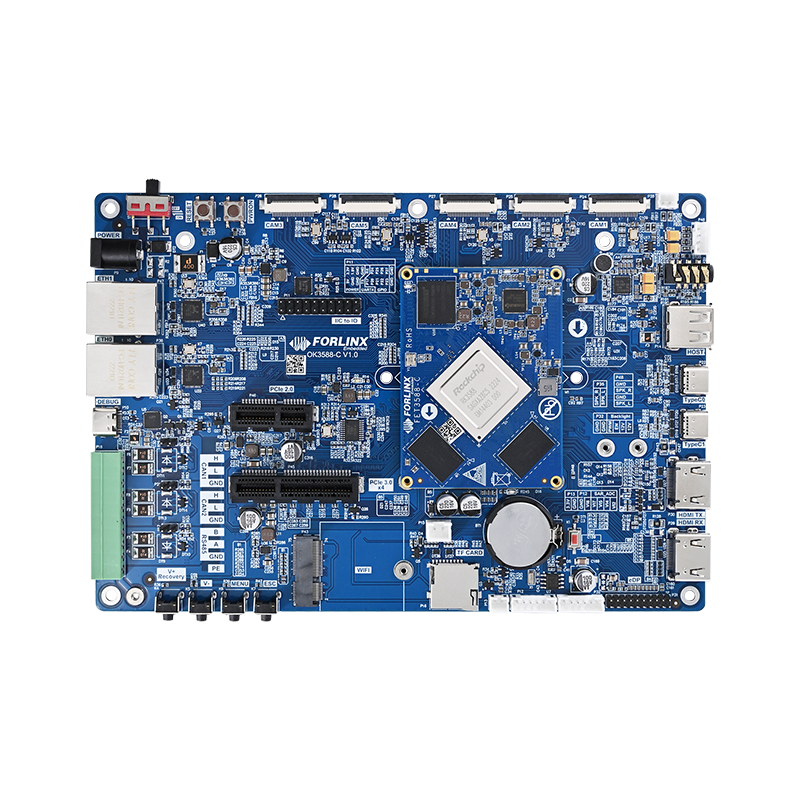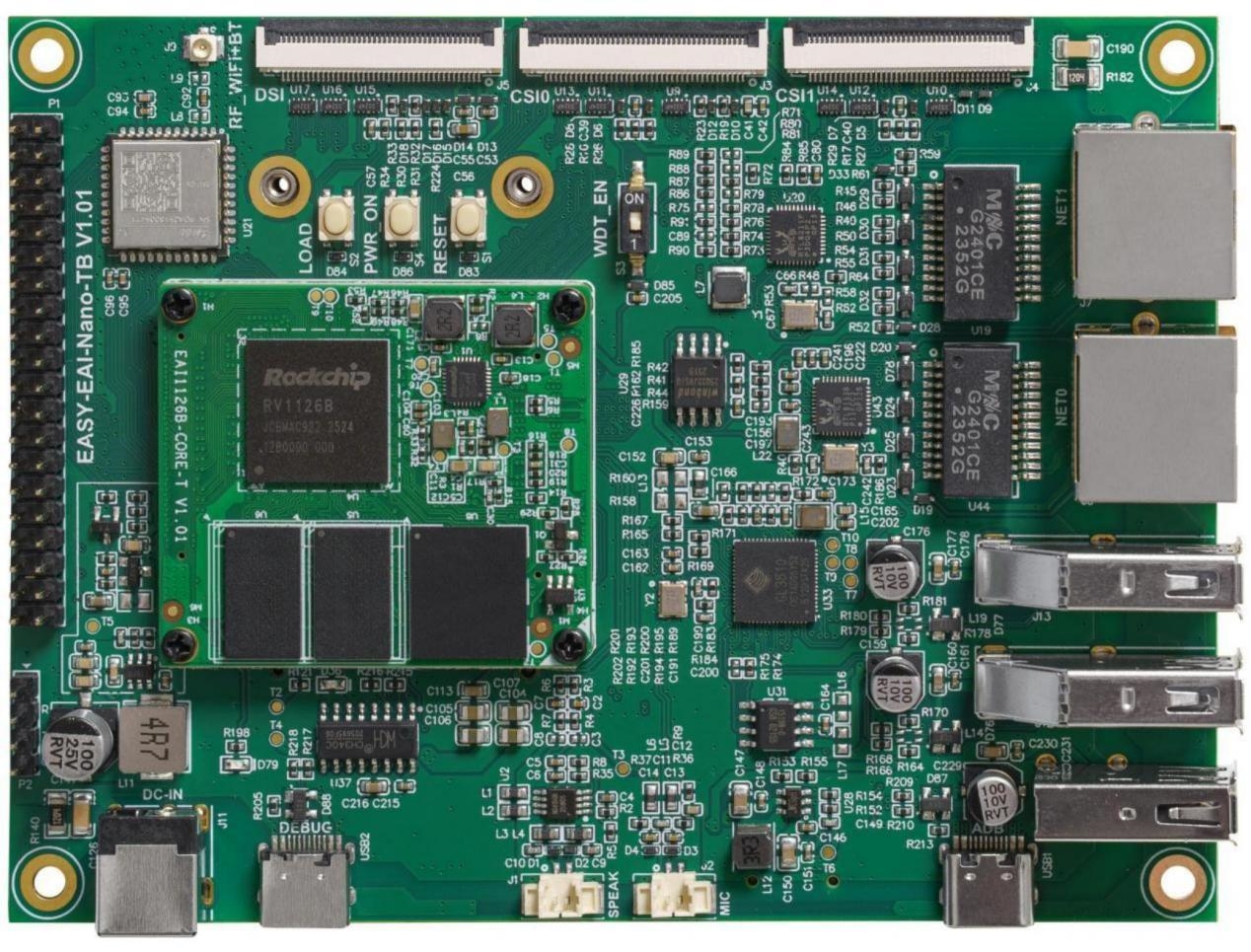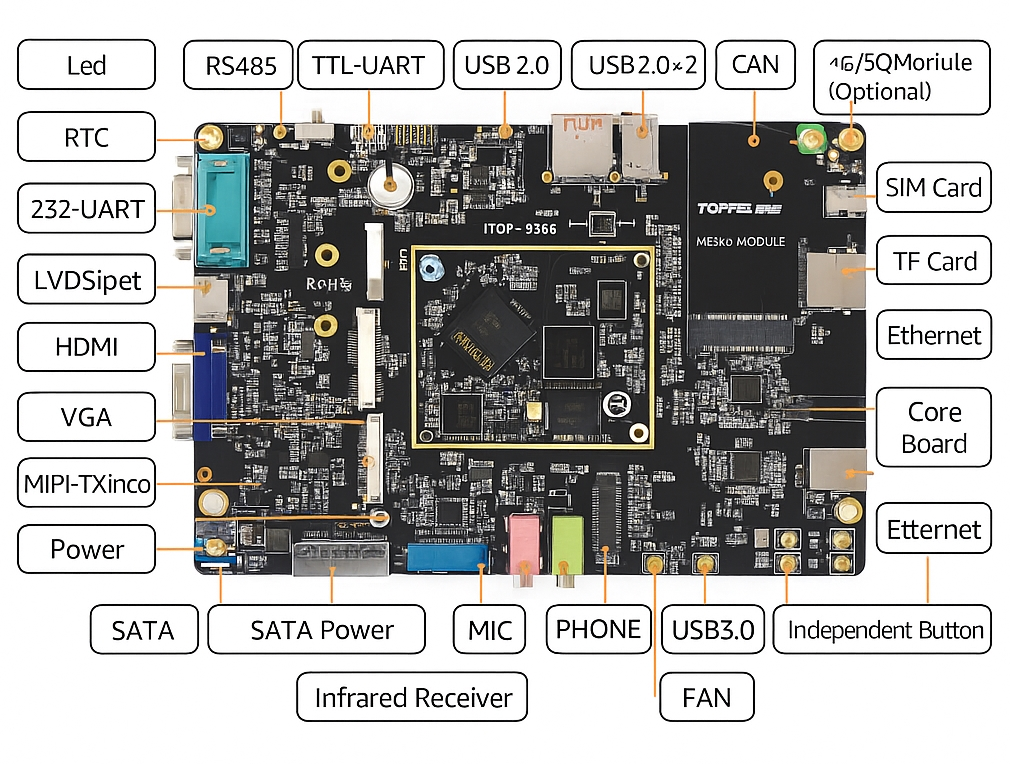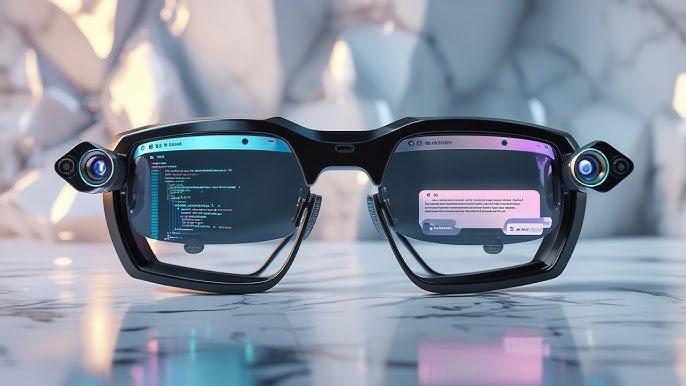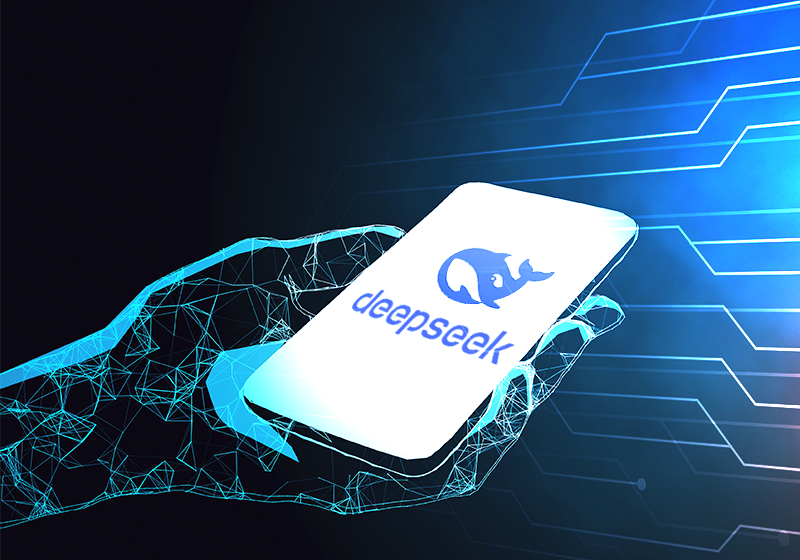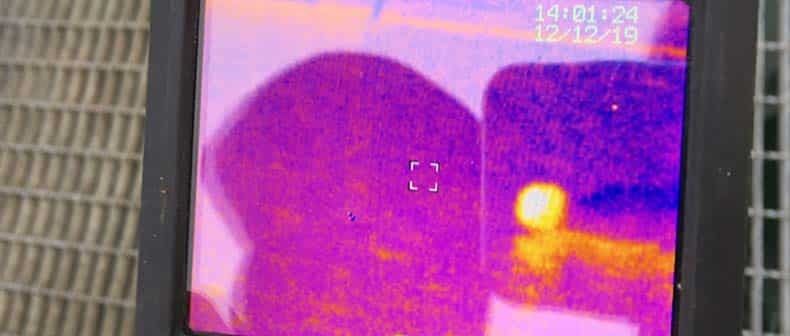The 2025 Matter China Developer Conference, held in Guangzhou, showcased advancements in the Matter protocol, focusing on reduced certification costs, simplified mass production, and ecosystem growth. Hosted by the Connectivity Standards Alliance (CSA) China Member Group (CMGC), the event drew nearly 300 professionals and 2,500 online viewers, highlighting Matter¡¯s impact on smart home technology.
Matter¡¯s Evolution and Ecosystem Growth
The conference emphasized Matter¡¯s rapid development and its role in fostering interoperable smart home devices.
Standard Advancements
Matter¡¯s iterative updates include:
- Version 1.0: Supported basic devices (e.g., lighting, curtains, bridges).
- Version 1.1: Introduced testing tools and interoperability services.
- Version 1.2: Added appliances (e.g., air conditioners, robotic vacuums).
- Version 1.3: Enhanced energy management and expanded appliance support.
- Version 1.4/1.4.1: Improved network infrastructure, added fixed switches, load controllers, and enhanced energy management and occupancy sensors.
Certification and Ecosystem Expansion
Globally, over 5,900 Matter-certified products exist, with 2,670 ready for market via the Distributed Compliance Ledger (DCL). Chinese companies contribute nearly two-thirds of certifications, with seven of the top ten certified companies in the past year being from China. Major platforms (Samsung, Google, Apple, Amazon) accept CSA interoperability test results, simplifying multi-ecosystem certification.
Key Features of Matter 1.4/1.4.1
Updates include:
- Cross-Ecosystem Sync: A ¡°network sync administrator¡± enables one-tap device sharing across ecosystems, eliminating repeated pairing.
- Low-Power Optimization: Intermittently Connected Device (ICD) protocol extends battery life to years for sensors with over 15-second sleep cycles.
- Enhanced Commissioning: Supports QR code-based multi-device pairing and NFC tags for streamlined setup.
New Certification Methods
The CSA introduced cost-saving certification options:
- Portfolio Certification: Certifies multiple product variants under a single ¡°parent device¡± test, reducing costs.
- Fast Track Recertification: Offers free, rapid reviews for software updates (e.g., security patches, Matter version upgrades), available to higher-tier CSA members.
Smart Home Market Trends
The Chinese smart home market emphasizes user-centric design over technical complexity. Key trends for the next 3¨C5 years include:
- Scenario-Based Innovation: Voice-controlled hotels/offices, health monitoring (e.g., smart mattresses), and adaptive environmental controls (e.g., temperature, lighting).
- Cost Sensitivity: Consumer budgets for smart home systems range from 5,000¨C10,000 RMB, not exceeding total appliance costs (around 20,000 RMB).
- Reliability and Simplicity: Products must be stable (7+ years fault-free) and cost-effective, with minimalist designs favored.
Ecosystem and Vendor Innovations
Platform Contributions
Major platforms are advancing Matter adoption:
- Samsung SmartThings: Integrates Matter hubs into TVs, refrigerators, and monitors, supporting over 4,000 devices and features like spatial visualization and device health monitoring.
- Aqara: Offers 100+ Matter-compatible products across 10+ categories, integrating local AI (e.g., facial recognition) and collaborating with Apple, Google, and Amazon for seamless experiences like adaptive lighting and ¡°home arrival¡± automation.
Chip and Solution Providers
Chip vendors showcased Matter-optimized solutions:
- NXP Semiconductors: Multi-protocol (Wi-Fi, Bluetooth, Thread) router chips, UWB-enabled smart locks, and energy management for thermostats.
- STMicroelectronics: STM32WBA wireless MCUs with NFC-based ¡°one-tap¡± commissioning.
- Silicon Labs: xG21, xG24, and xG28 chips for gateways, endpoints, and sensors, supporting dynamic multi-protocol and long-range Matter applications.
Low-Power, Security, and Mass Production
Low-Power Solutions
Nordic Semiconductor¡¯s nRF54 series leverages Matter 1.4¡¯s ICD protocol, enabling battery-powered devices like sensors and locks to achieve years-long battery life through deep sleep and event-driven wake-ups, with average power consumption in the microamp range.
Security and Compliance
Matter¡¯s security features align with EU RED cybersecurity regulations (EN 303 645, effective August 2025), including unique device IDs, secure key exchange, updates, storage, and communication protocols (HIP, CASE, PASE). These ensure compliance with network control, authentication, and secure boot requirements.
Mass Production Challenges
Key risks in scaling to mass production include:
- Hardware platform selection and performance optimization.
- Ecosystem compatibility testing.
- Certification planning and execution.
- Secure certificate management and efficient production testing.
Optimizing power consumption and early certification planning are critical for timely market entry.
Developer Tools and Testing
CSA¡¯s interoperability testing ensures device compatibility across ecosystems. Guidelines for self-validation environments and test reports streamline certifications for platforms like Apple, Google, and Amazon, accelerating market access.
Matter Application Development Contest
The second Matter Application Development Contest showcased innovative solutions:
- Individual Awards: Smart lock testing equipment and Matter-compatible locks.
- Enterprise Awards: Smart control screens, gradient floor lamps, IR+radar sensors, and AIoT door signs.
- Notable Project: A multi-function smart switch with NFC and sensor integration.
Conclusion
The 2025 Matter China Developer Conference highlighted Matter¡¯s maturity, with 5,900+ certified products and significant Chinese contributions. Advances in low-power protocols, security compliance, and streamlined certifications lower barriers to mass production. With robust ecosystem support and innovative applications, Matter is driving secure, interoperable smart home solutions globally.
 ALLPCB
ALLPCB


